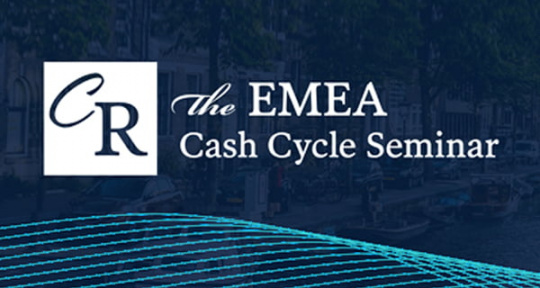Less Talk about Cash in Rwanda
21.01.2015At a press conference in Kigali on 3 December, journalists finally got answers to last month’s pressing questions: What will the new 2,000 and 5,000 Rwandan franc banknotes be like when they enter circulation, and will old notes be removed?
John Ruangombua, Governor of the National Bank of Rwanda (NBR), assured that the notes will be issued right under the presidential decree approved by the cabinet last month (12 November). According to him, the main reason for issuing the new RWF is a trivial need to replenish local currency reserves due to rapid RWF wear and widespread recycling of old notes. He also said that after issuing the new notes their old RWF denominations will be gradually withdrawn.
The new notes will retain the design. Only paper quality will change to become more durable, the security features will be enhanced, and the reverse French text will disappear – what, as last year, with the issue of the RWF 500 without the French text was noticed by locals and long discussed in comments online. French is an official language in Rwanda, but the NBR thinks it absolutely safe to remove it from the country’s official currency. The new RWF 2,000 and 5,000 will continue the note series launched by the NBR in 2013 with issuing the RWF 500.
Until the conference, the NBR hadn’t either commented on the new notes’ issue at all. However, it was known that, back in July 2013, the Bank launched a tender for their printing. Under the tender documentation, a winner should, by the end of July 2014, have printed and imported 25M RWF 2,000 and 10M RWF 5,000 notes. As a result, issuance of the new notes was constantly postponed, and not a single word was said about who had won the tender. The short list included 8 applicants: Polska Wytowornia Papierow Wartosciowych (Poland), Oberthur Fudiciare (France), Joh. Enschede (Netherlands), Crane Currency (Sweden), Goznak (Russia), Casa De Moneda de Chile (Chile), Giesecke & Devrient (Germany), and De La Rue (UK). After the conference, the question of who is to print the new money for Rwanda remained open.
Another issue at the conference was the country’s transition to e-payments. The NBR Governor said that the state of the art in Rwanda’s electronic and mobile payments is very low, and the biggest challenge for the Rwandan government is maximal payment digitization which will ultimately not only enable it to reduce the cost of additional issuance of the quickly wearing national currency but also allow companies to do business (including international) more conveniently and individuals to pay utility bills, remit, purchase online, and borrow easier.
At the press conference, it was also announced that Rwanda had joined the other 3 countries of the East African Community (EAC consisting of Burundi, Kenya, and Tanzania) using the East African Payment System (EAPS). Mr. Ruangombua noted that the EAPS will simplify and speed up business in the region, as well as reduce operating losses associated with the exchange rate – transactions within the system are in any national currency of the EAC partner countries.




